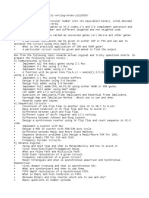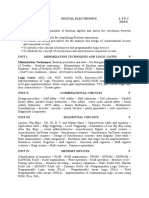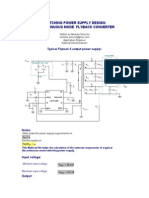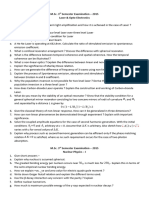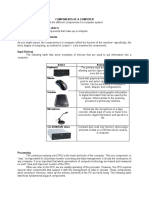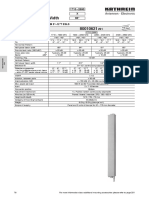0% found this document useful (0 votes)
25 views3 pagesDigital Design Verilog Assignment Solutions
The document provides solutions to various digital design assignments using Verilog, covering topics such as critical path delays in adders, 2's complementers, and full adders for adding numbers. It also discusses comparators, multipliers, state diagrams, and finite state machines (FSMs) with detailed implementations. Additionally, it includes information on ripple counters, D flip-flops, and binary counters.
Uploaded by
ece.23beca47Copyright
© © All Rights Reserved
We take content rights seriously. If you suspect this is your content, claim it here.
Available Formats
Download as PDF, TXT or read online on Scribd
0% found this document useful (0 votes)
25 views3 pagesDigital Design Verilog Assignment Solutions
The document provides solutions to various digital design assignments using Verilog, covering topics such as critical path delays in adders, 2's complementers, and full adders for adding numbers. It also discusses comparators, multipliers, state diagrams, and finite state machines (FSMs) with detailed implementations. Additionally, it includes information on ripple counters, D flip-flops, and binary counters.
Uploaded by
ece.23beca47Copyright
© © All Rights Reserved
We take content rights seriously. If you suspect this is your content, claim it here.
Available Formats
Download as PDF, TXT or read online on Scribd
/ 3

























